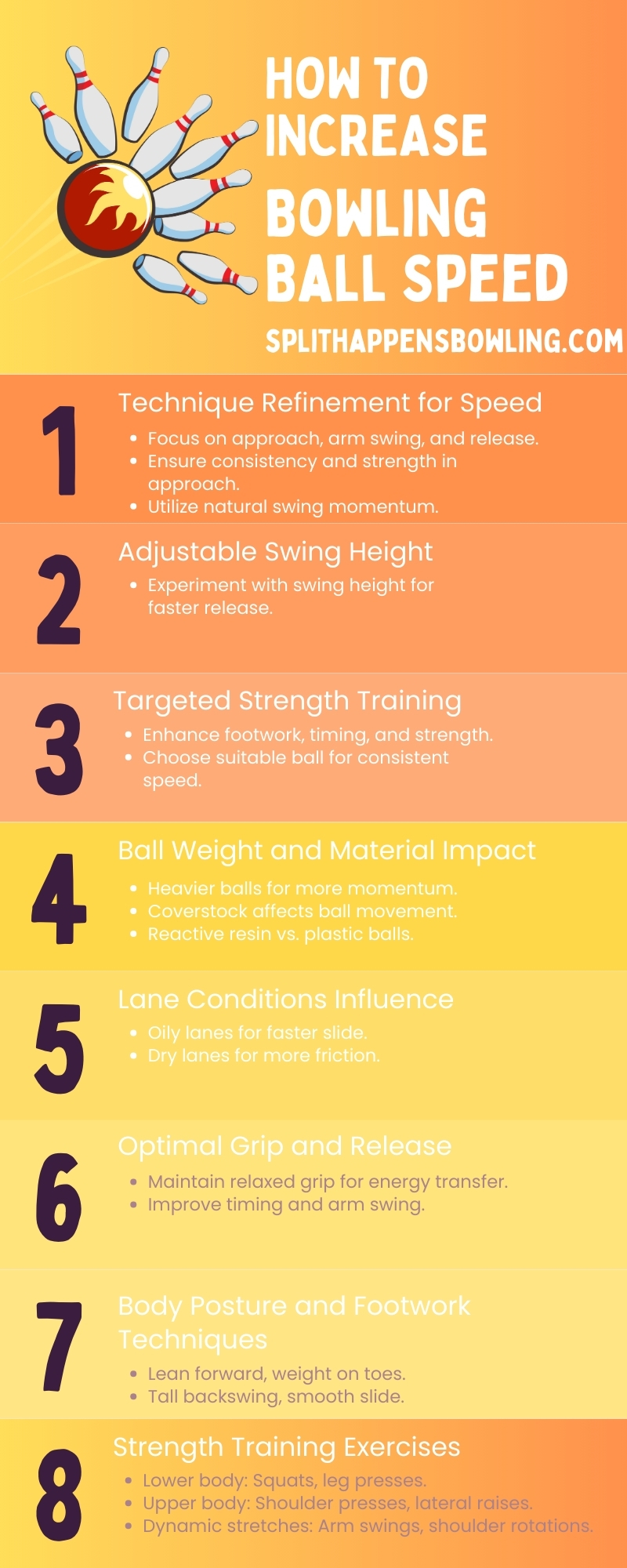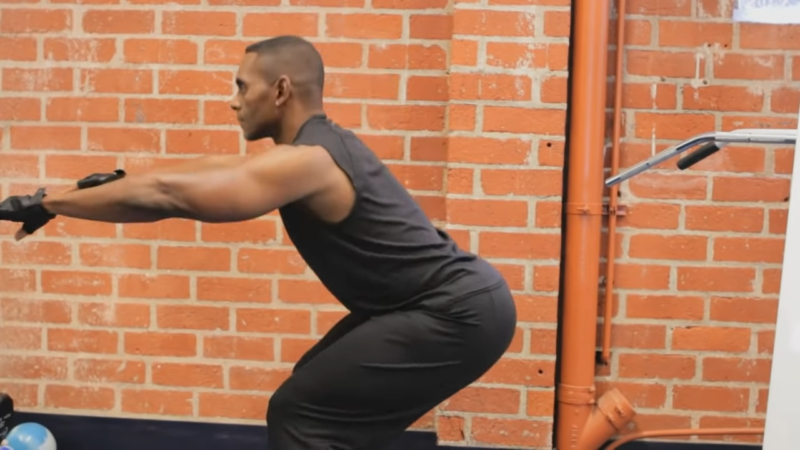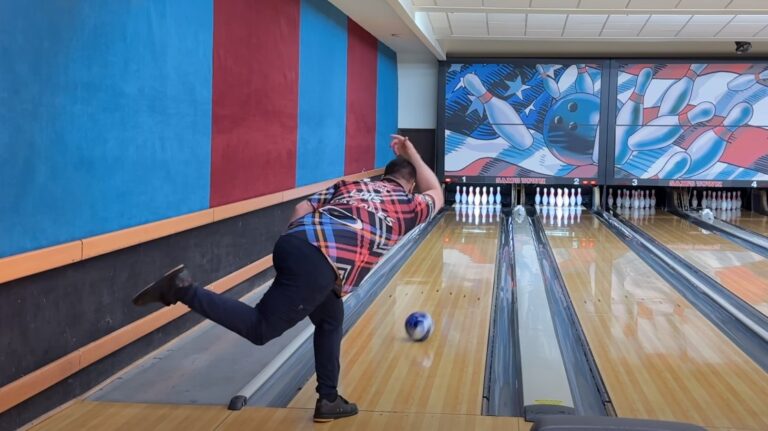To increase my bowling ball speed and improve my performance, I focus on refining my technique, including my approach, arm swing, and release.
Efficient body mechanics are crucial for achieving a smooth and fast delivery.
I make sure my approach is strong and consistent, and I let the natural momentum of my swing build up.
I sometimes adjust the starting position of my swing, from waist to shoulder height, to speed up my release.
Additionally, I engage in targeted strength training, work on my footwork and timing, and select the right bowling ball to consistently achieve faster ball speeds.

Ball Weight and Material

Bowling balls vary in weight, generally from 6 to 16 pounds.
Heavier balls can build more momentum but need more physical strength to reach higher speeds.
The type of material covering the ball, known as the coverstock, also influences how it moves.
Reactive resin balls, for instance, hook more and need specific techniques for throwing, unlike plastic balls, which are smoother and roll straighter.
Lane Conditions
Lane conditions have a big impact on ball speed. Oily lanes let the ball slide more easily, which can increase its speed.
On the other hand, dry lanes cause more friction, slowing the ball down.
Bowlers often adjust their throws to match these conditions, affecting both their ball speed and their overall approach.
Proper Grip and Release
The way I grip the bowling ball impacts the energy transfer during release.
A relaxed grip is crucial because a tight grip can restrict my arm swing and slow down my release.
This technique focuses on improving my timing and arm swing, which in turn helps increase my ball velocity.
Body Posture and Footwork
Bowling This Month recommends physical adjustments such as leaning forward and shifting weight onto my toes during the approach to promote faster footwork, which helps increase overall ball speed.
A taller backswing adds momentum and speed, and a smooth slide in the final step helps maintain this increased velocity.
Strength Training

Strength training focuses on the key muscles used in bowling, such as the legs, core, and shoulders.
Exercises like squats and leg presses help develop lower body strength, which can lead to greater speed at ball release.
Additionally, shoulder presses and lateral raises strengthen the muscles necessary for a powerful arm swing and delivery.
Lower Body
- Squats (3 sets of 8-10 reps)
- Leg Presses (3 sets of 8-10 reps)
Upper Body
- Shoulder Presses (3 sets of 8-10 reps)
- Lateral Raises (3 sets of 12-15 reps)
Dynamic Stretches
- Arm Swings (2 sets of 10)
- Shoulder Rotations (2 sets of 10 each direction)







